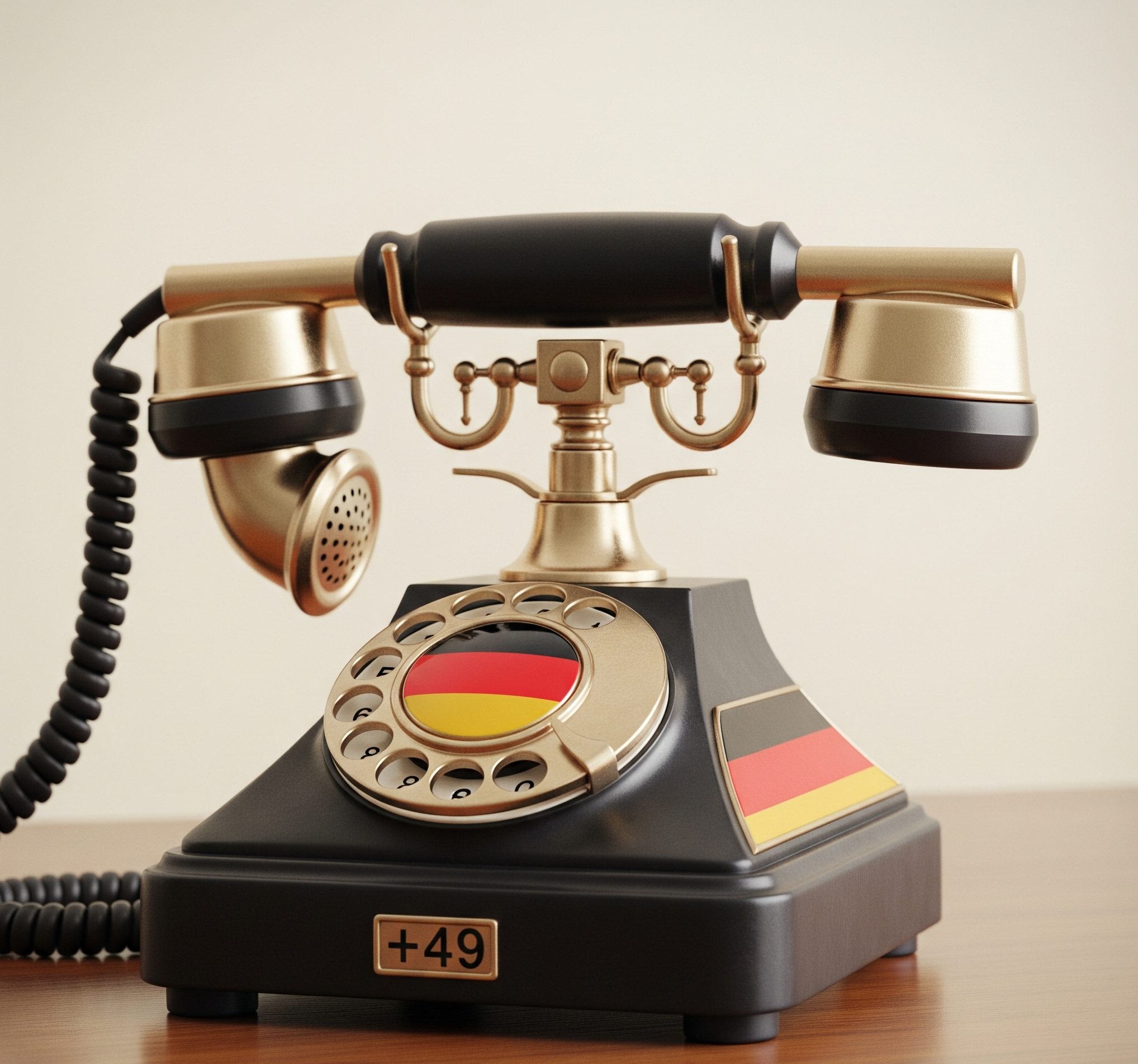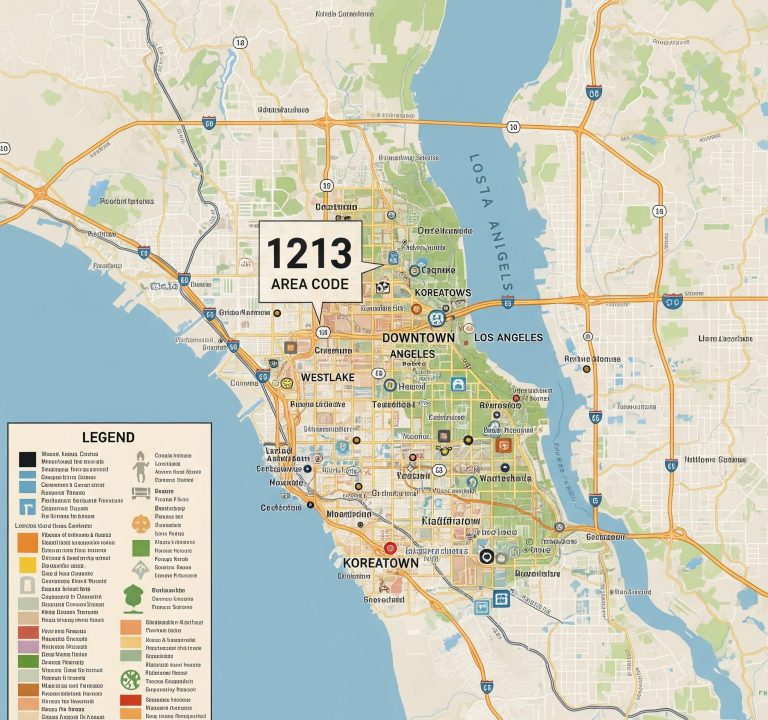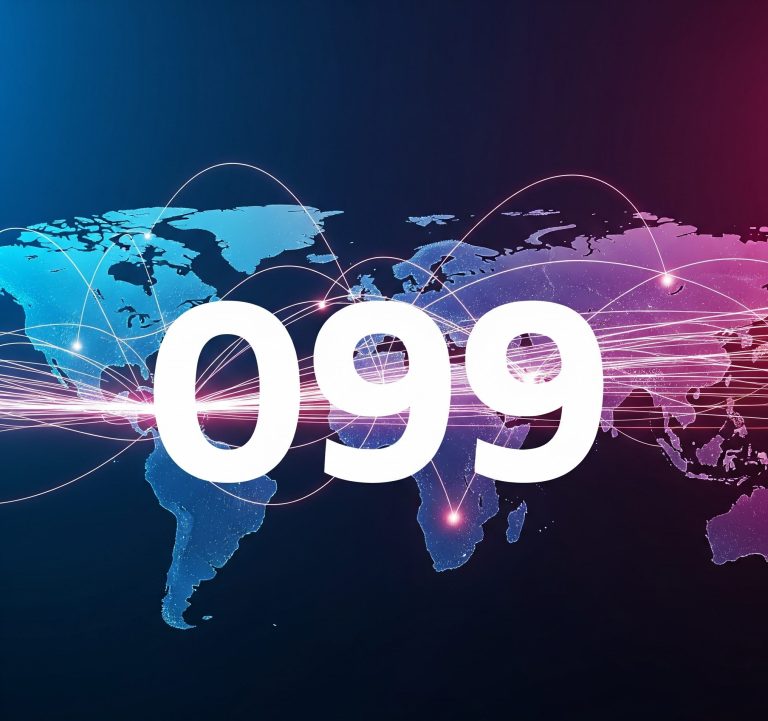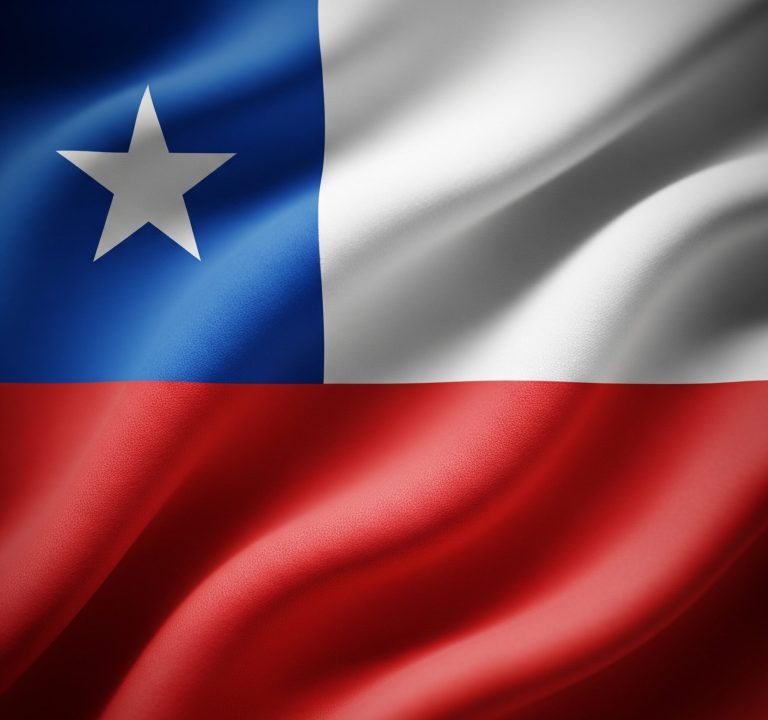For many Americans, making an international call can feel like navigating a complex maze of numbers and prefixes. While familiar with our own “1” country code, the world of international dialing often presents a new set of rules. One specific sequence that can cause confusion is the 491 country code. Let’s demystify what this combination means and how it fits into the broader landscape of global telecommunications.
Contents
Understanding Country Codes and Area Codes
Before diving into the specifics of 491 country code, it’s crucial to understand the fundamental difference between a country code and an area code.
- Country Code: This is a one, two, or three-digit prefix that identifies a specific country for international dialing. Every nation has a unique country code, enabling calls to be routed to the correct national telephone network. For instance, the United States and Canada share the country code +1.
- Area Code: Within a country, an area code (sometimes called a city code or regional code) further specifies a particular geographical region or city. These codes are typically dialed after the country code and before the local phone number.
The distinction is important because what might appear as a full country code could, in fact, be a combination of a country code and the beginning of an area code.
The Truth About the 491 Country Code
When you encounter “491” in the context of international dialing, it’s important to clarify that 491 country code is not a standalone country code for any nation. Instead, it’s a combination that typically involves the country code for Germany.
Germany’s country code is +49. Therefore, if you see “491,” it usually indicates a call destined for Germany, where “1” is the first digit of a German area code or a part of a specific dialing sequence within the German numbering plan. For example, the city of Leer in Germany has an area code that begins with “491” (specifically 0491 when dialed domestically, which becomes 491 internationally, omitting the leading zero).
This highlights a common point of confusion: while the country code is 49, the subsequent digits are crucial for correctly routing the call within Germany.

How to Dial Germany from the United States
To successfully dial a number in Germany from the U.S., you’ll need to follow a standard international dialing format. This involves three key steps:
- Dial the U.S. Exit Code: This tells your phone carrier that you’re making an international call. From a landline in the U.S., the exit code is 011. On a mobile phone, you can simply use the “+” symbol, which automatically functions as the exit code.
- Dial the Country Code: For Germany, this is 49.
- Dial the Area Code (without the leading zero) and Local Number: German phone numbers often begin with a “0” when dialed domestically (e.g., 0491 for Leer). When dialing from outside Germany, you drop this leading “0”. So, if the full German number is 0491-XXXXXXX, you would dial 011-49-491-XXXXXXX (from a landline) or +49-491-XXXXXXX (from a mobile).
Example:
Let’s say you want to call a number in Leer, Germany, which has a domestic number like 0491-1234567.
From a U.S. landline, you would dial: 011-49-491-1234567 From a U.S. mobile phone, you would dial: +49-491-1234567
Common International Dialing Mistakes to Avoid
Understanding the nuances of international dialing can save you time and frustration. Here are some common mistakes Americans make when calling overseas:
- Forgetting the Exit Code: This is one of the most frequent errors. Without the “011” or “+” before the country code, your call won’t be recognized as an international one.
- Including the Domestic “0” in Area Codes: As mentioned, many countries use a leading “0” for domestic dialing within their area codes. This “0” should almost always be dropped when dialing internationally. Failing to do so can result in an invalid number or a misrouted call.
- Confusing Country Codes with Area Codes: Thinking “491” is a standalone country code instead of recognizing that “49” is the country code and “1” is part of the area code is a common misunderstanding. Always verify the correct country code first.
- Ignoring Time Zone Differences: A successful call isn’t just about the correct numbers; it’s also about timing. Always check the local time in the destination country to avoid calling someone in the middle of the night or during inconvenient hours.
- Not Checking International Calling Rates: International calls can be expensive. Before making a long call, check your phone plan’s international rates or consider using Voice over Internet Protocol (VoIP) services like Skype or WhatsApp for more affordable options.
- Incorrectly Formatting the Number: Some countries have specific requirements for number length or the inclusion/exclusion of hyphens or spaces. While most systems can tolerate minor formatting differences, it’s best to follow the standard international format (+ Country Code Area Code Local Number) to ensure success.
The Importance of Correct Dialing
In our increasingly interconnected world, being able to reliably communicate across borders is essential, whether for personal connections, business dealings, or travel planning. Understanding how international dialing works, including specific combinations like the 491 country code (as it relates to Germany’s 49), empowers you to make seamless and stress-free calls to friends, family, or colleagues abroad. By paying attention to the details of country codes, exit codes, and area codes, you can confidently bridge geographical distances with a simple phone call.







